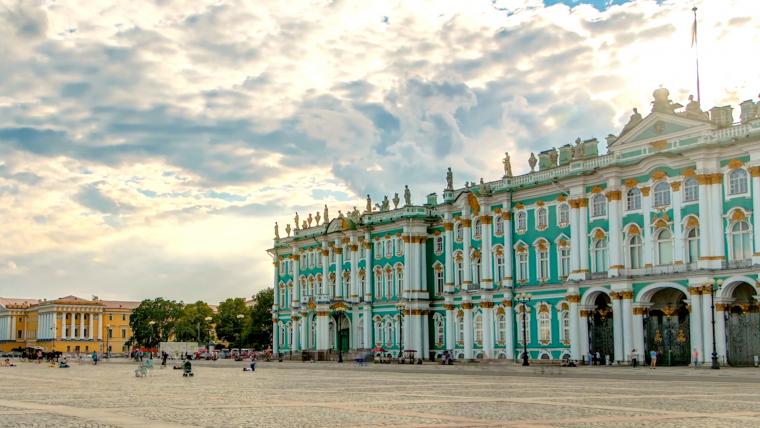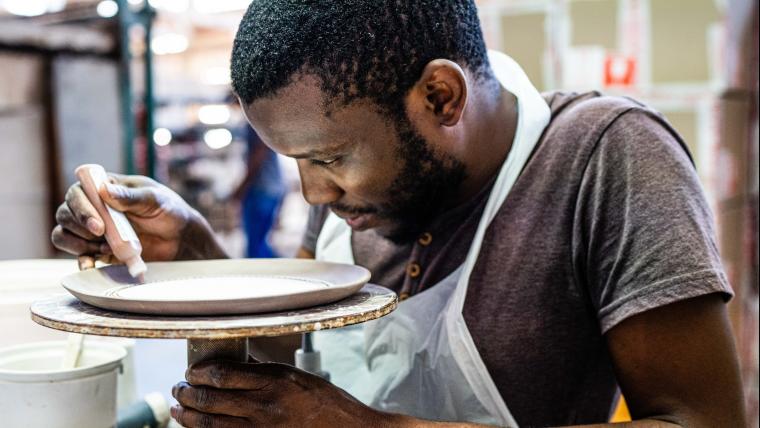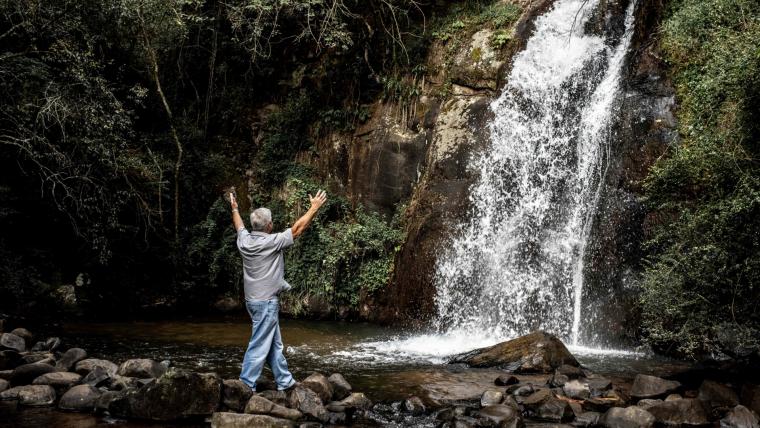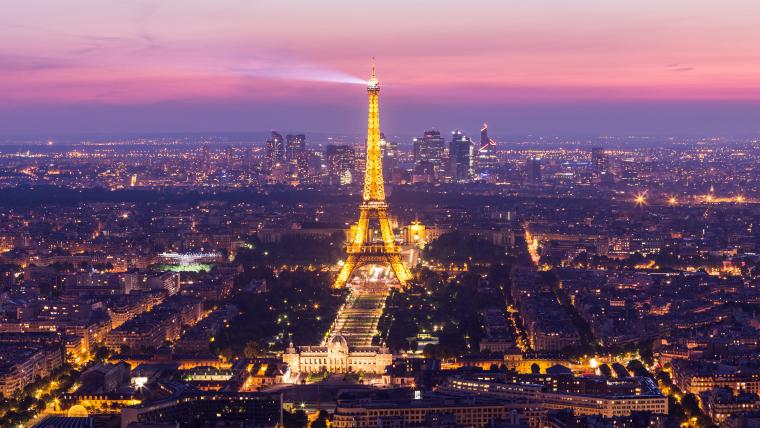
Marvel at a regal showcase of history, art and luxury in St Petersburg
The city of St Petersburg saw Russia’s ascent to power. Founded by Peter the Great in 1703, it became a regal showcase for imperial strength and luxury. Centuries later, St Petersburg encapsulates the region’s heritage with its grand palaces and expansive museums. This is where the rise and fall of the Russian Empire took place.
Following his victory in the Great Northern War, Peter the Great sought to create a ‘Window to the West’ and build a port city that connected Russia and Europe. The metropolis is made up of 42 islands connected by hundreds of bridges spanning canals and rivers. The Peter and Paul Fortress was built on swampy Zayachy Island as the city's first main structure. Originally intended to be the city's stronghold, instead it was converted into a prison for political criminals. Today, you can discover the history of its construction as one of more than 200 museums in St Petersburg.
The State Hermitage Museum is arguably the city’s biggest draw. In 1764, it began as a private collection by Catherine the Great when she purchased 225 paintings from Berlin. She described herself as a “glutton for art,” and single-handedly started what would become one of the world's largest displays of fine art. Now, with over three million pieces in the assemblage, it would take more than a decade to view each one for more than a minute. These priceless pieces have previously been guarded by resident cats. Since the 18th century, a group of felines were employed as pest controllers on the museum's grounds. Although their descendants have since retired, the cats retain a special place in the museum's basement to be cared for by dedicated volunteers. The State Hermitage Museum forms part of a wider complex and encompasses five interconnected buildings, including the Winter Palace.
Situated in Palace Square, the Winter Palace looks out onto the Neva River. Peter the Great built the residence to symbolise the high level of societal class held by royalty. Upon entering, visitors are met with impressive white marble statues followed by grand staircases and gold accents on the walls and ceiling. The palace served as the home of the tsars from the early 18th century, and it was common for them to host extravagant parties here. But in 1917, the Bolshevik Revolution overthrew the Russian monarchy and brought an end to the Romanov Dynasty. With no more lavish events, the Winter Palace was turned into a gallery. This archive of art has been expanding for the past two and a half centuries and includes paintings, sculptures and archaeological artefacts, as well as a numismatology collection with over a million pieces.
St Petersburg is a treasure trove of history. On every corner of this city, discover relics of grandeur and artistry. Russia's splendour will certainly take your breath away.






























Please sign in to leave a comment